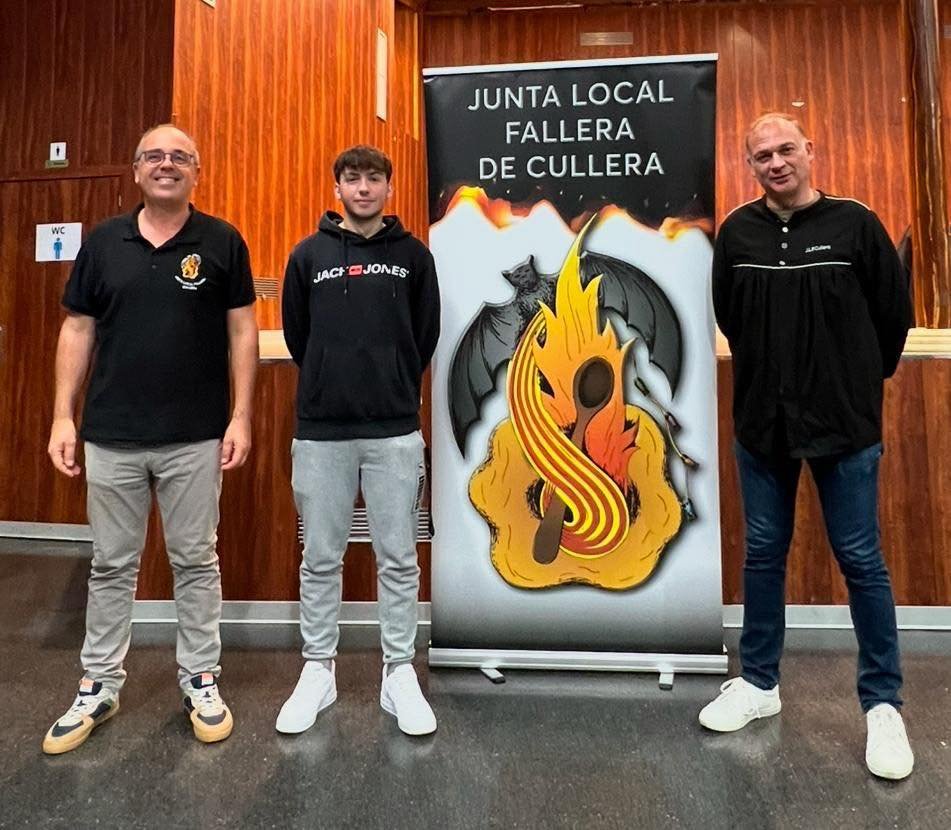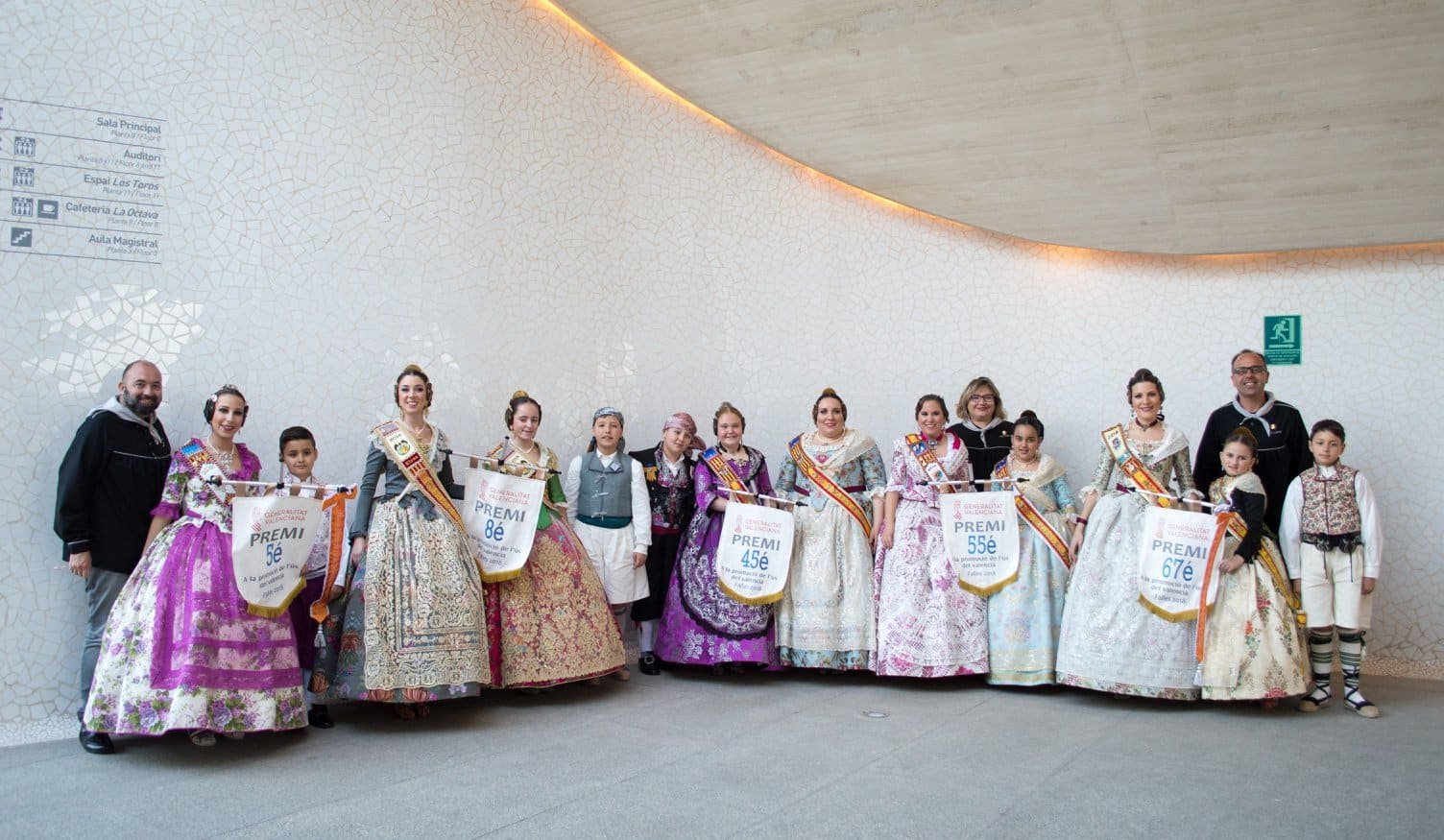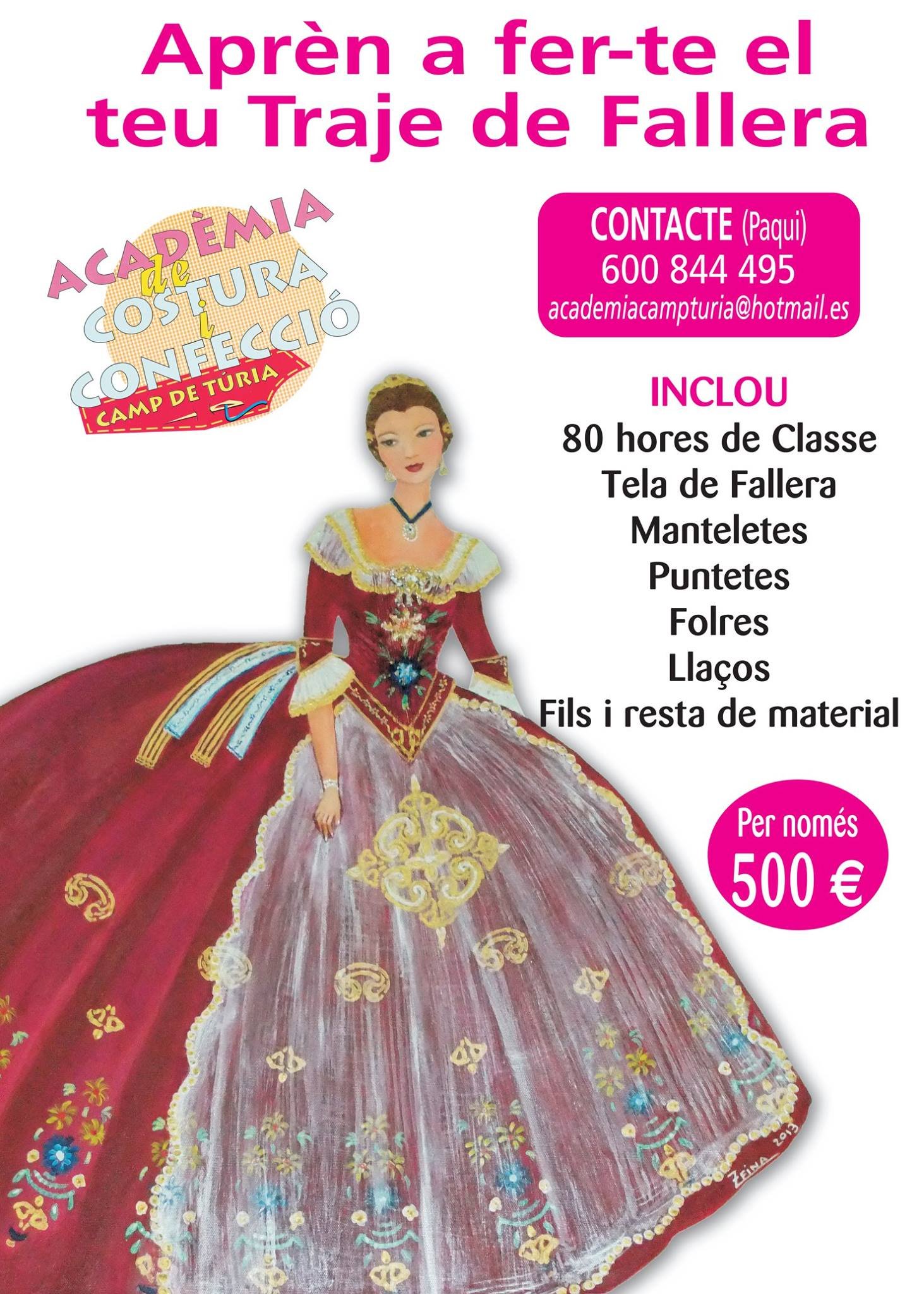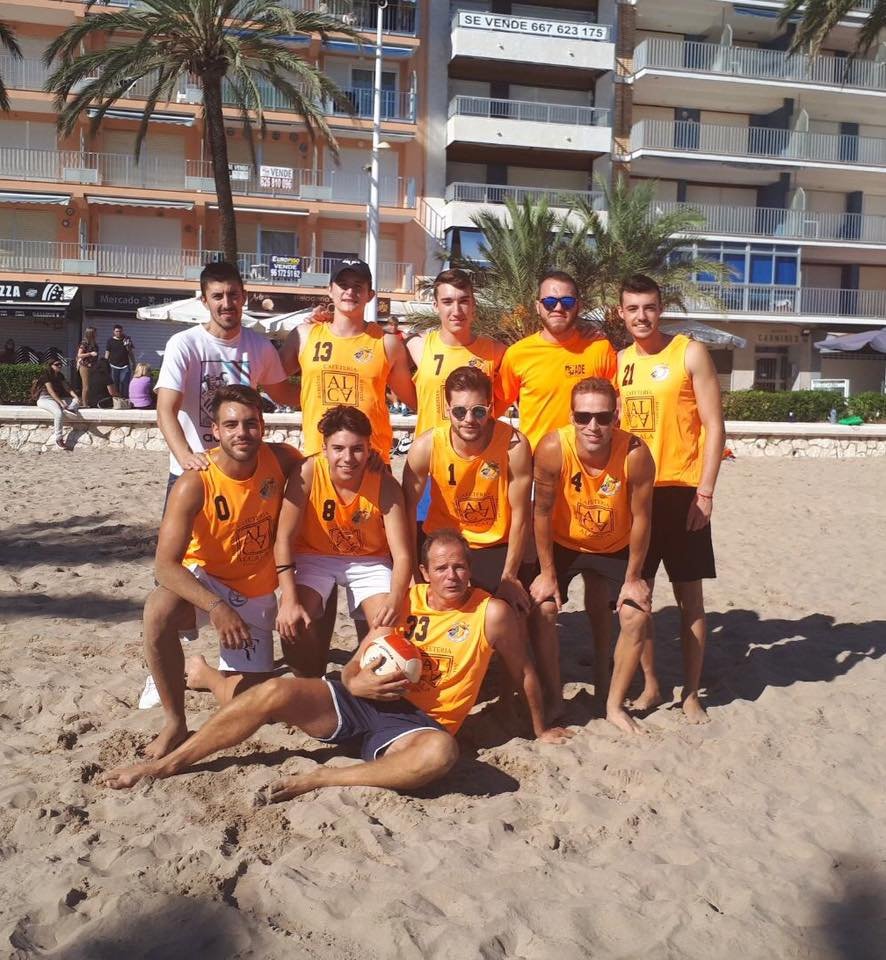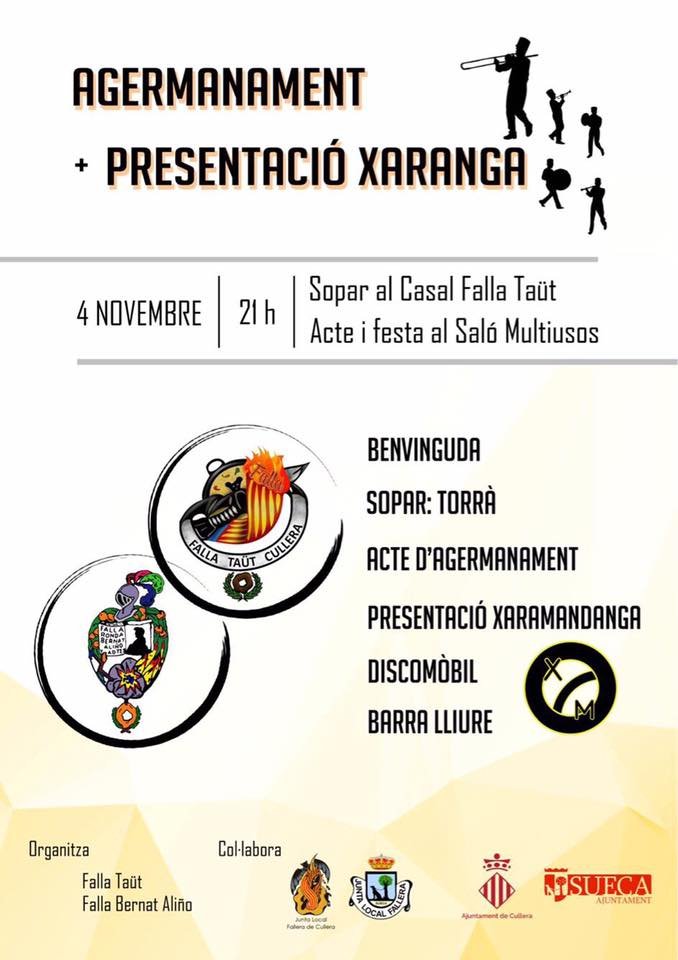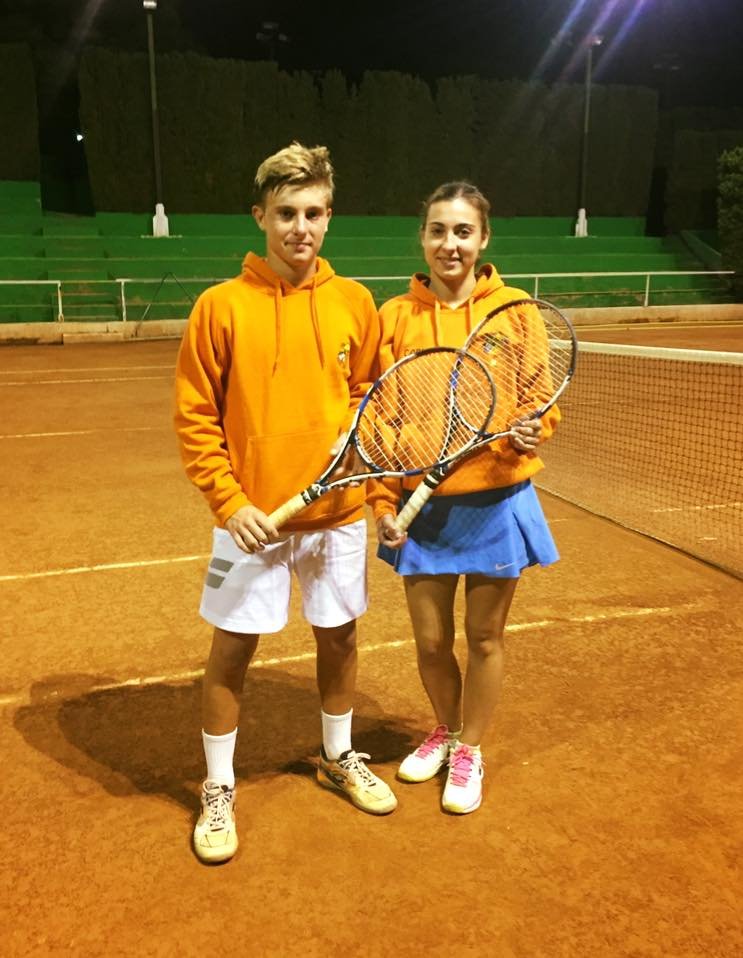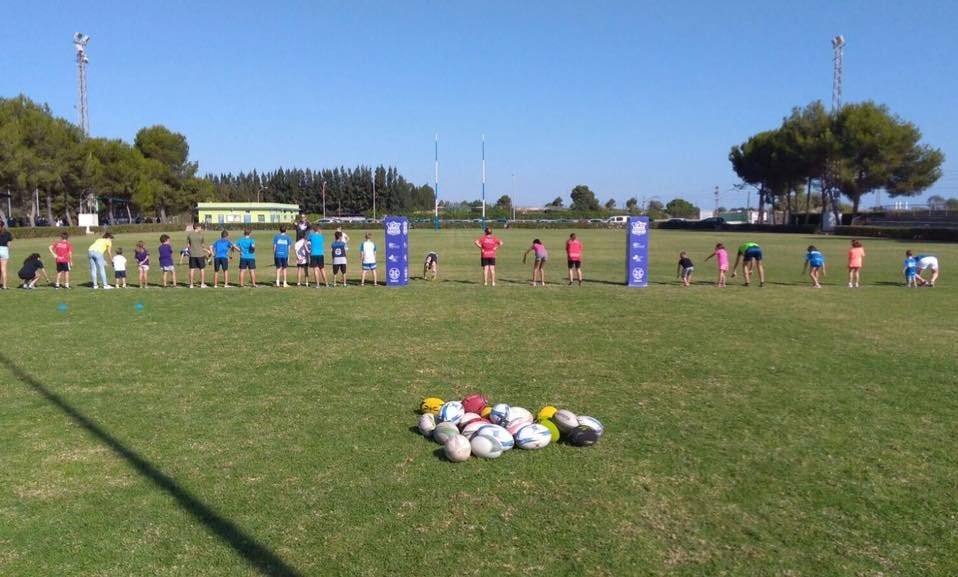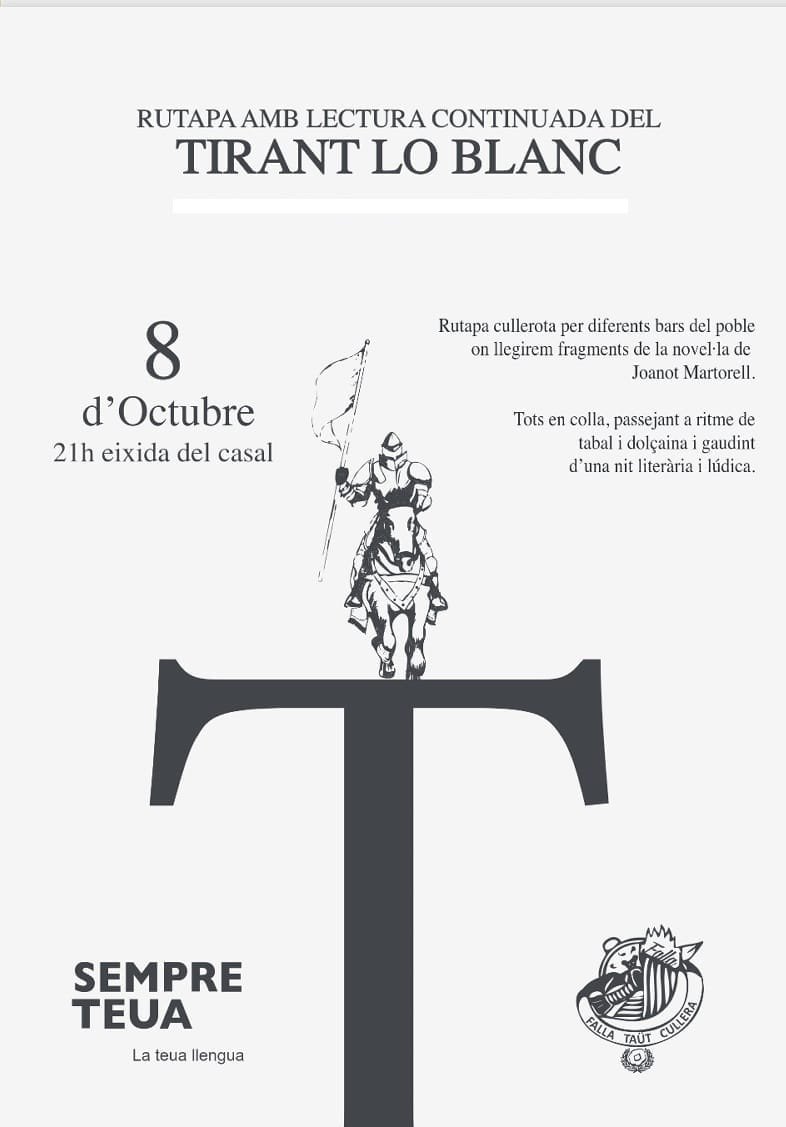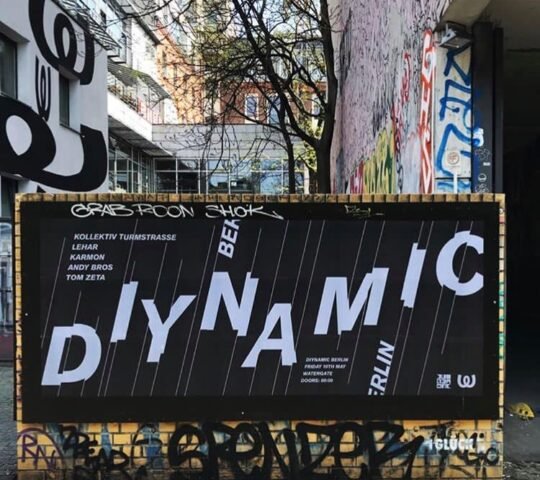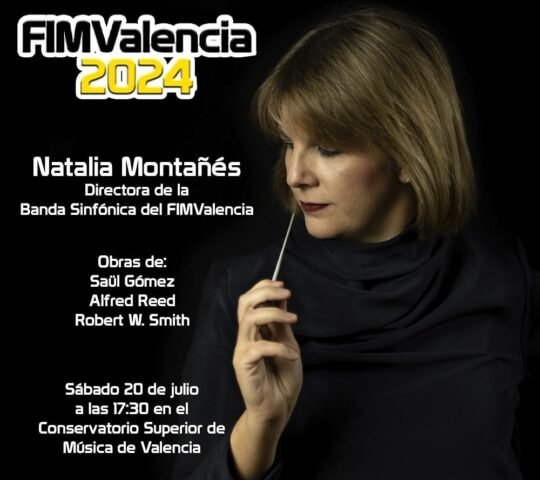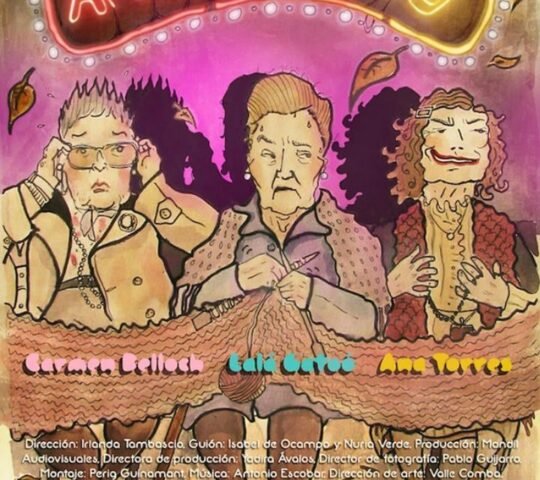Las Fallas de Cullera (Cullera, Spain) 2026
Background & History
Las Fallas de Cullera, a vibrant manifestation of Valencia’s UNESCO-listed fire festival, has illuminated the coastal town of Cullera since 1930, evolving from humble neighborhood bonfires into a grand celebration of satire, artistry, and communal spirit that draws 50,000+ visitors annually. Rooted in pagan rites to welcome spring and purge winter’s ills, it mirrors Valencia’s broader tradition but infuses Cullera’s seaside essence—waves crashing as metaphors for life’s flux in fallera sculptures.
The festival’s formal inception traces to 1929, when local commissions (fallas) first erected satirical monuments critiquing society, inspired by Valencia’s guilds. Early editions were modest, with plantà (erection) in town squares and crema (burning) under starry skies, but post-Franco democratization in the 1980s amplified its scale, incorporating international artists and eco-themes. By the 1990s, the Junta Local Fallera de Cullera formalized events, launching the annual poster contest in 1990 (now in its 36th edition for 2025, signaling 2026’s approach). The 2000s saw growth with floral offerings and pyromusical spectacles, while 2020’s pandemic pivot to virtual crema underscored resilience.
Organized by the Junta Local Fallera with Ajuntament support, the 2026 edition—likely the 97th—builds on 2025’s “Kromàtica” themes from Taüt and Sant Antoni commissions, emphasizing color’s origins amid climate nods. Its cultural significance? A seaside satire where falleros (members) channel Valencian identity—fiery, familial, forward-looking—turning Cullera’s beaches into bonfire altars that honor heritage while roasting modern follies, a pyric poetry of renewal by the Mediterranean’s edge.
Enjoy Your Event Stress-Free with Euro Travelo
Planning a trip to attend a festival, concert, or business event in Europe can be overwhelming—tickets, travel, accommodation, and local logistics all take time and effort. Euro Travelo makes it simple by providing everything you need through one trusted company. You save time, avoid stress, and enjoy a seamless experience from start to finish.
Why Choose Euro Travelo:
- Secure and easy ticket booking for concerts, festivals, theaters, and business events.
- Complete travel planning including flights, trains, and local transportation.
- Accommodation arrangements near event venues, tailored to your needs.
- Convenient local transfers, from airport pickups to private shuttles.
- On-site concierge support to help you navigate venues and schedules.
- Custom itineraries and experience packages combining multiple events, tours, and activities.
- Secure payment process, making it safe and convenient to book all services online.
- Flexibility: even if you need only one service, we can assist individually.
Event Highlights
- Main activities or performances: The plantà (March 15–16), erecting 20+ satirical monuments (up to 15m tall) by dawn; Ofrena Floral (March 18) parade with 1,000+ falleras in embroidered silk; Nit del Foc pyromusical (March 18, 10 PM) with 5,000+ fireworks synchronized to music; crema (March 19, 10 PM–midnight) burning sculptures amid chants and flames.
- Special traditions or features: The Cridà (call) opening on March 1 with fireworks; Desfile de Comparsas (March 17) featuring traditional dances like Jota Valenciana; poster contest winners unveiled January (2026 theme TBD, past: “T’ho Conte” for Sant Antoni); eco-burns using sustainable materials since 2015.
- Unique attractions for visitors: Beachside fallas with sea-themed ninots (satirical figures) mocking climate change; family infantil commissions with kid-sized monuments; 2026 may feature AR apps scanning sculptures for historical lore, plus pop-up ateliers for fallero crafts.
The Regions of Las Fallas de Cullera
This section explores how Las Fallas animates Cullera’s coastal enclave in Valencia’s Ribera Baixa, weaving fire’s fury with the Mediterranean’s murmur, while linking to the region’s huerta heartlands. Cullera’s esplanade and old town host the core—plaza fallas like Taüt’s “Kromàtica” (2026 boceto by David Sánchez Llongo) rising amid palm-lined avenues, their crema reflections dancing on Baía de Cullera waves. The castle hill overlooks processions, blending Moorish echoes with Valencian vigor.
The festival radiates: pre-plantà in nearby Sueca’s rice fields (10 km north) for huertano feasts, or post-crema dips in El Saler dunes (20 km east). Valencia’s broader comarca enhances—day trips to Alzira’s medieval core (15 km west) for jota workshops, or Gandia’s Renaissance palaces (25 km south) tying into floral offerings. The Valencian Community’s orange groves frame the narrative: shuttle routes to Xàtiva’s castle (30 km inland) for historical parallels to fallas’ satirical bite.
For 2026, regional ties deepen—sustainable buses from Valencia city (40 km north) via EMT, pop-up markets in Tavernes de la Valldigna selling paella kits—crafting a festival where Cullera’s sands scorch with sculptures, forging a fiery tapestry from huerta soil to sea spray, where every flame scripts Valencia’s eternal spring.
Date & Duration
Dates: March 1 – March 19, 2026 (Semana Fallera March 15–19)
Duration: 19 days
Venue / Location
Las Fallas de Cullera unfolds across the town’s plazas and beaches, with key plantà/crema sites at Plaça de la Mare de Déu del Castell (main falla) and Esplanada de Sant Antoni; supporting events in old town streets and Sant Antoni de la Mar beach. Cullera, 40 km south of Valencia on the Mediterranean, blends castle-crowned hills with golden sands.
Google Maps Address: Plaça de la Mare de Déu del Castell, 46400 Cullera, Valencia, Spain
Ticket Information
- How tickets are sold: Free public viewing for parades/crema; online via fallescullera.com for guided tours/Ofrena seating (via Ajuntament app); on-site at tourist info for packages; lotteries for premium falla dinners.
- Whether admission is free or paid: Free for streets/parades; paid for organized tours, VIP Ofrena spots, or workshops.
- Ticket pricing in USD only: Minimum $11 USD (guided tour); maximum $33 USD (VIP floral offering seat).
- Any special seating or VIP options: Ofrena grandstands ($16–$22 USD); falla commission dinners ($22–$33 USD, includes paella); family bundles ($11 USD/person); accessibility seating free with companion.
Contact Information
- Email: info@fallescullera.com (general inquiries); cultura@ajuntamentdecullera.es (Ajuntament support).
- Phone: +34 961 720 125 (Junta Local Fallera); +34 961 720 100 (tourist office, English/Valencian/Spanish).
- Website: https://fallescullera.com/
- Social Media: @fallescullera (Instagram for bocetos, stories); Falles Cullera (Facebook for live streams); YouTube for Nit del Foc clips.
- Key Staff: Junta Local Fallera de Cullera (organizers); Ajuntament de Cullera team; contact via form.
- Press/Volunteers: Press via prensa@ajuntamentdecullera.es; volunteer for falla setup/crema (apply January 2026).
- Note: Response time 24–48 hours; multilingual support; #FallesCullera2026 for updates.
Cultural Experience
Las Fallas de Cullera 2026 ignites the town’s soul in a blaze of satire and solidarity, where Mediterranean breezes carry the scent of pine and gunpowder, transforming plazas into pyric poems of Valencian resilience—a festival where falleros channel collective critique through towering ninots, burning societal ills under Cullera’s castle gaze. It’s visceral verse: the plantà’s all-night vigil, falleras in laced mantillas weaving through torchlit streets, evoking 18th-century guild rites now laced with feminist fire.
Traditions flare: the Ofrena’s floral river to the Virgin, 1,000+ participants in embroidered silks offering blooms as prayers for bounty; Nit del Foc’s orchestral fireworks, 5,000 bursts syncing to flamenco-electronica, a modern twist on pagan solstice. Music throbs with dolçaina oboe and tabal drum in pasacalles, or pop-folk fusions by local bands, while costumes—fallera gowns with 10m trains, fallero sashes—adorn commissions like Taüt’s “Kromàtica,” mocking color’s commodified chaos. Satire stings: 2026 bocetos from Erik Martínez (“T’ho Conte”) roast politics with seaside wit.
Inclusivity simmers: infantil fallas teach kids craftsmanship, accessibility ramps ensure all witness the crema’s catharsis, and eco-ninots from recycled plastics honor the huerta’s harvest. For families, beachside paella picnics precede parades; evenings, crema’s flames forge bonds, tears mingling with cheers as monuments melt into memory. It’s Cullera’s heartbeat—fiery, familial, forward—a Valencian vow where destruction births dawn.
Food & Drinks
- Must-try specialties: Paella valenciana with rabbit and snails, slow-cooked over orange wood in plaza calderos, a communal feast feeding 500+ during Ofrena eve.
- Festival fusions: Vegan fideuà (noodle paella) with artichokes and saffron, nodding to coastal bounty; horchata de chufa (tiger nut drink) chilled for plantà vigils.
- Sweet indulgences: Buñuelos de viento (wind fritters) dusted with sugar, fried fresh during mascletà; fartons (elongated pastries) dipped in horchata for sugary solace.
- Signature sips: Agua de Valencia (sparkling wine, orange juice, vodka punch) in terracotta cups; non-alcoholic granizado de limón for beachside refreshment.
- Late-night bites: Fideuà negra (squid ink noodles) from trucks, inky and indulgent post-Nit del Foc; mistela herbal liqueur for crema toasts.
- Inclusivity notes: Gluten-free paella options; shared calderos foster falla family bonds; halal stalls from local Moorish influences.
Getting There
- Nearest airports: Valencia (VLC, 40 km/45 min, €20 USD ALSA bus); Alicante (ALC, 200 km/2 hrs, €30 USD Euromed train).
- Public transport: Cercanías C1 train from Valencia (€5 USD, 40 min) to Cullera station, then 10-min walk/bus to center; EMT buses (€2 USD) from beach.
- Parking: Limited in old town—use Port lots (€5–$10 USD/day, 1 km walk); free beach fringes pre-plantà.
- Other tips: Rent e-bikes via Valenbisi (€10/day) for huerta paths; arrive March 14 for plantà traffic; carpool from Valencia via BlaBlaCar (€5 USD/share).
Accommodation Options
- Budget stays: Hostal Madaluz (€40–60 USD/night, beachfront dorms, shared baths); Camping Cullera (€30–50 USD/night, tent sites with sea views).
- Mid-range hotels: Hotel Sicania (€80–120 USD/night, esplanade location, pool); Apartamentos El Faro (€70–110 USD/night, kitchens for groups).
- Luxury retreats: Hotel Las Artes Cullera (€150–200 USD/night, spa and falla views); Masía Torre de Canals (€180–250 USD/night, historic finca 5 km inland).
- Festival-tied: Falla commission homestays (€60–90 USD/night, immersive dinners); beachfront Airbnbs (€90 USD/night, balcony crema spots).
- Unique stays: Castle-view glamping (€100 USD/night, tented suites); huerta farmhouses (€80 USD/night, paella classes).
Maps
Contact
Video
FAQ's
What are the key dates and program for Las Fallas de Cullera 2026?
March 1 (Cridà opening fireworks) to March 19 (crema), with Semana Fallera March 15–19: plantà (15–16 dawn), Desfile (17), Ofrena (18), Nit del Foc (18, 10 PM), crema (19, 10 PM–midnight). 20+ fallas, parades, paella contests. Bocetos like Taüt's "Kromàtica" unveiled October 2025. Free streets; app for maps. Mild Mediterranean spring—pack layers for evenings.
How do I access events, and are there tickets/pricing for 2026?
Free public viewing; tours/Ofrena seats via fallescullera.com/Ajuntament ($11–$33 USD: tour $11, VIP $22–$33). Book January; groups 20% off. No refunds; e-tickets scanned. Under-12s free; accessibility companion included. Sells out for Nit del Foc—early bird for packages with beach stays.
Is Las Fallas family-friendly, with accessibility for 2026?
Yes—infantil fallas for kids, family parades; stroller paths on esplanade. Ramps at plazas, ASL for announcements (email info@); quiet viewing zones near castle. Gender-neutral facilities; leashed pets OK on beaches. 2026 boosts eco-family workshops. Joyous but crowded—mornings best for little ones.
What if rain affects the 2026 crema or parades?
Rain rare but possible—crema proceeds (flames thrive damp); ponchos €2 USD, tents for Ofrena. Parades adapt to covered streets; updates via app/socials. Historically, drizzles add drama to Nit del Foc. Pack reusables; indoor falla ateliers as backups. Contact +34 961 720 125 for real-time.
How to engage beyond viewing in Las Fallas 2026?
Join falla commissions for plantà (volunteer via Junta, January); craft ninots in ateliers (€11 USD). Wear fallera attire (rent €20 USD); share paella at communal feasts. Virtual: YouTube crema streams, Instagram bocetos. Extend to Valencia's main Fallas (40 km north). It's participatory pyre—build, burn, belong.

